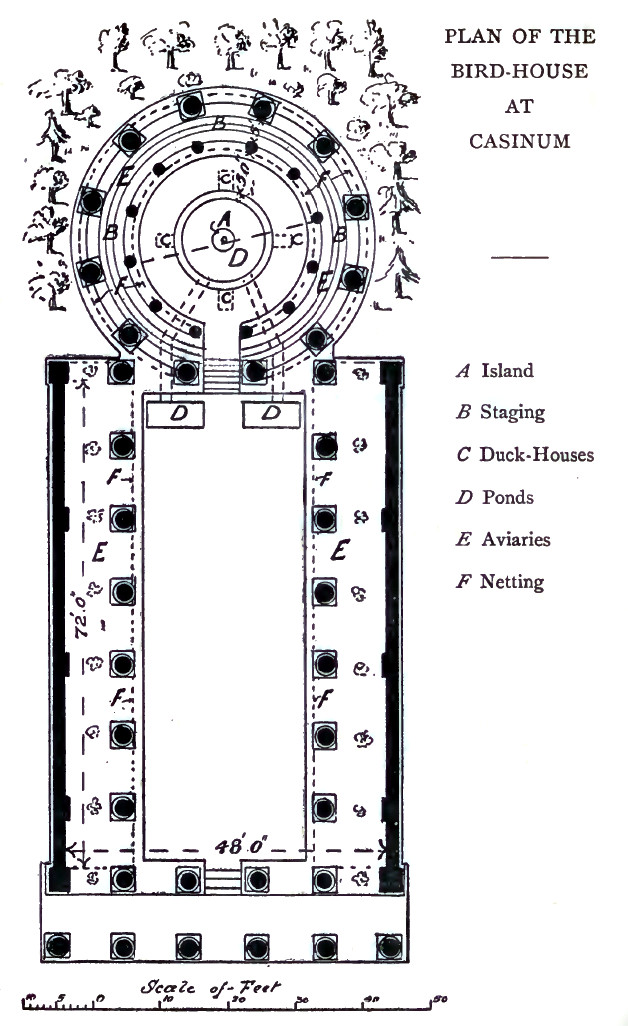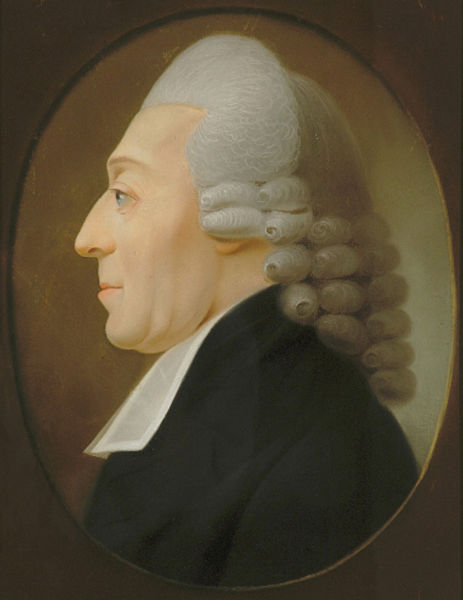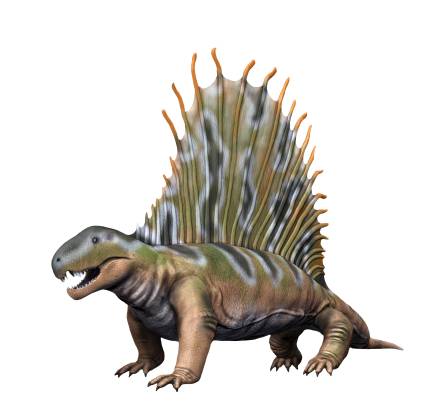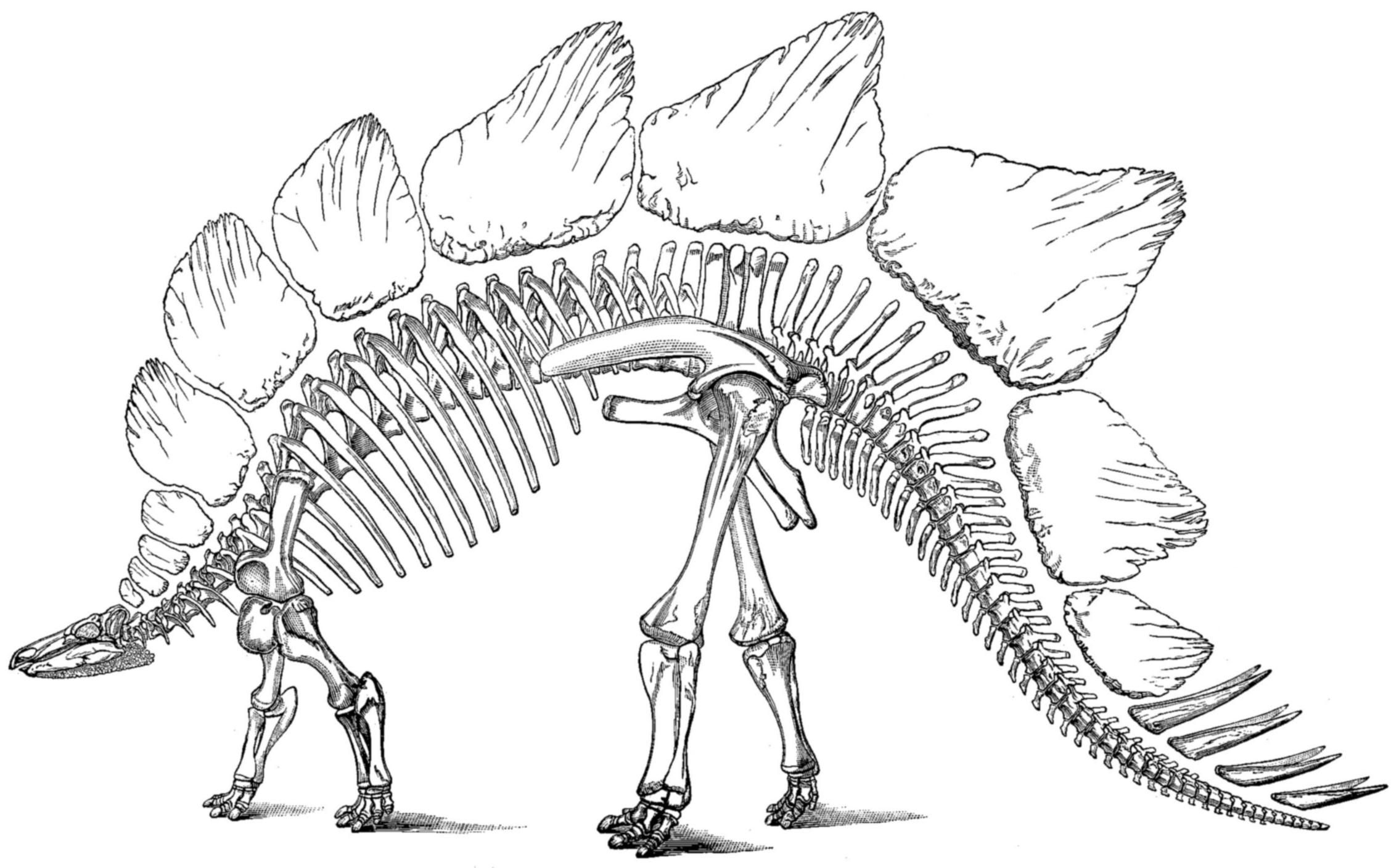|
Ojo Del Sol
Ojo del Sol, also called The Fish House by local residents, is a home designed in 1993 by architect Eugene Tssui. The building was constructed between 1994 and 1995 in a residential neighborhood of Berkeley California. The home's name "Ojo Del Sol", Spanish for "Eye of the Sun", originates from the fifteen foot diameter eye-like window that faces south. According to the architect, the structure is based upon the world's most indestructible living creature, the tardigrade. The building Design and construction The building's design is centered around durability, ecology, and sustainability. The building is said to draw upon the physiology of the tardigrade, a creature known for its durability, for its structural strength. In addition, the walls are angled inward at 4 degrees to "create a compressive structure with a low center of gravity further aiding in resistance to lateral turnover forces produced by strong earthquakes." A variety of both standard and non-standard buil ... [...More Info...] [...Related Items...] OR: [Wikipedia] [Google] [Baidu] |
Biomimetic Architecture
Biomimetic architecture is a branch of the new science of Biomimetics, biomimicry defined and popularized by Janine Benyus in her 1997 book (Biomimicry: Innovation Inspired by Nature). Biomimicry (bios - life and mimesis - imitate) refers to innovations inspired by nature as one which studies nature and then imitates or takes inspiration from its designs and processes to solve human problems. The book suggests looking at nature as a ''Model, Measure, and Mentor", suggesting that the main aim of biomimicry is sustainability. Living beings have adapted to a constantly changing environment during evolution through mutation, recombination, and selection. The core idea of the biomimetic philosophy is that nature's inhabitants including animals, plants, and microbes have the most experience in solving problems and have already found the most appropriate ways to last on planet Earth. Similarly, biomimetic architecture seeks solutions for building sustainability present in nature, not only ... [...More Info...] [...Related Items...] OR: [Wikipedia] [Google] [Baidu] |
United States Dollar
The United States dollar (symbol: $; code: USD; also abbreviated US$ or U.S. Dollar, to distinguish it from other dollar-denominated currencies; referred to as the dollar, U.S. dollar, American dollar, or colloquially buck) is the official currency of the United States and several other countries. The Coinage Act of 1792 introduced the U.S. dollar at par with the Spanish silver dollar, divided it into 100 cents, and authorized the minting of coins denominated in dollars and cents. U.S. banknotes are issued in the form of Federal Reserve Notes, popularly called greenbacks due to their predominantly green color. The monetary policy of the United States is conducted by the Federal Reserve System, which acts as the nation's central bank. The U.S. dollar was originally defined under a bimetallic standard of (0.7735 troy ounces) fine silver or, from 1837, fine gold, or $20.67 per troy ounce. The Gold Standard Act of 1900 linked the dollar solely to gold. From 1934, its ... [...More Info...] [...Related Items...] OR: [Wikipedia] [Google] [Baidu] |
Insulating Concrete Forms
Insulating concrete form or insulated concrete form (ICF) is a system of formwork for reinforced concrete usually made with a rigid thermal insulation that stays in place as a permanent interior and exterior substrate for walls, floors, and roofs. The forms are interlocking modular units that are dry-stacked (without mortar) and filled with concrete. The units lock together somewhat like Lego bricks and create a form for the structural walls or floors of a building. ICF construction has become commonplace for both low rise commercial and high performance residential construction as more stringent energy efficiency and natural disaster resistant building codes are adopted. Development The first expanded polystyrene ICF Wall forms were developed in the late 1960s with the expiration of the original patent and the advent of modern foam plastics by BASF. Canadian contractor Werner Gregori filed the first patent for a foam concrete form in 1966 with a block "measuring 16 inches high b ... [...More Info...] [...Related Items...] OR: [Wikipedia] [Google] [Baidu] |
Stucco
Stucco or render is a construction material made of aggregates, a binder, and water. Stucco is applied wet and hardens to a very dense solid. It is used as a decorative coating for walls and ceilings, exterior walls, and as a sculptural and artistic material in architecture. Stucco can be applied on construction materials such as metal, expanded metal lath, concrete, cinder block, or clay brick and adobe for decorative and structural purposes. In English, "stucco" sometimes refers to a coating for the outside of a building and " plaster" to a coating for interiors; as described below, however, the materials themselves often have little to no differences. Other European languages, notably Italian, do not have the same distinction; ''stucco'' means ''plaster'' in Italian and serves for both. Composition The basic composition of stucco is cement, water, and sand. The difference in nomenclature between stucco, plaster, and mortar is based more on use than composition. Until ... [...More Info...] [...Related Items...] OR: [Wikipedia] [Google] [Baidu] |
Eugene Tsui
Eugene Tssui ( born Eugene Tsui, September 14, 1954) Eugene Tsui, ''Evolutionary Architecture: Nature as a Basis for Design'' (John Wiley & Sons, 1999), . is an American architect noted for his use of ecological principles and "biologic" design, a term coined by Tssui himself in the 2010 issue of World Architecture Review.Eugene Tsui, World Architecture Review ''Learning From Nature Before It Is Too Late'' (2010), , p. 60. He has proposed a number of projects such as a bridge across the Strait of Gibraltar to connect the continents of Africa and Europe as well as a 2-mile-high tower capable of housing 1 million residents.Anh-Minh Le"Eugene Tsui: Eco-conscious and outrageous" ''San Francisco Chronicle'', September 14, 2007.Melanie Colburn"Evolving Spaces" ''Hyphen'', April 1, 2008.Mark K. Miller"Nature's Architect" ''Popular Science'', June 1994, pp. 74-77. He has been called the "Seminal Architect of the 21st Century." In May of 2013, Tssui was also listed as one of one hundred ... [...More Info...] [...Related Items...] OR: [Wikipedia] [Google] [Baidu] |
Eugene Tssui
Eugene Tssui ( born Eugene Tsui, September 14, 1954) Eugene Tsui, ''Evolutionary Architecture: Nature as a Basis for Design'' ( John Wiley & Sons, 1999), . is an American architect noted for his use of ecological principles and "biologic" design, a term coined by Tssui himself in the 2010 issue of World Architecture Review.Eugene Tsui, World Architecture Review ''Learning From Nature Before It Is Too Late'' (2010), , p. 60. He has proposed a number of projects such as a bridge across the Strait of Gibraltar to connect the continents of Africa and Europe as well as a 2-mile-high tower capable of housing 1 million residents.Anh-Minh Le"Eugene Tsui: Eco-conscious and outrageous" '' San Francisco Chronicle'', September 14, 2007.Melanie Colburn"Evolving Spaces" '' Hyphen'', April 1, 2008.Mark K. Miller"Nature's Architect" ''Popular Science'', June 1994, pp. 74-77. He has been called the "Seminal Architect of the 21st Century." In May of 2013, Tssui was also listed as one of one hu ... [...More Info...] [...Related Items...] OR: [Wikipedia] [Google] [Baidu] |
Tardigrade
Tardigrades (), known colloquially as water bears or moss piglets, are a phylum of eight-legged segmented micro-animals. They were first described by the German zoologist Johann August Ephraim Goeze in 1773, who called them Kleiner Wasserbär ("little water bear"). In 1777, the Italian biologist Lazzaro Spallanzani named them Tardigrada (), which means "slow steppers". They have been found in diverse regions of Earth's biospheremountaintops, the deep sea, tropical rainforests, and the Antarctic. Tardigrades are among the most resilient animals known, with individual species able to survive extreme conditions – such as exposure to extreme temperatures, extreme pressures (both high and low), air deprivation, radiation, dehydration, and starvation – that would quickly kill most other known forms of life. Tardigrades have survived exposure to outer space. There are about 1,300 known species in the phylum Tardigrada, a part of the superphylum Ecdysozoa consisting of anim ... [...More Info...] [...Related Items...] OR: [Wikipedia] [Google] [Baidu] |
Insulating Concrete Form
Insulating concrete form or insulated concrete form (ICF) is a system of formwork for reinforced concrete usually made with a rigid thermal insulation that stays in place as a permanent interior and exterior substrate for walls, floors, and roofs. The forms are interlocking modular units that are dry-stacked (without mortar) and filled with concrete. The units lock together somewhat like Lego bricks and create a form for the structural walls or floors of a building. ICF construction has become commonplace for both low rise commercial and high performance residential construction as more stringent energy efficiency and natural disaster resistant building codes are adopted. Development The first expanded polystyrene ICF Wall forms were developed in the late 1960s with the expiration of the original patent and the advent of modern foam plastics by BASF. Canadian contractor Werner Gregori filed the first patent for a foam concrete form in 1966 with a block "measuring 16 inches high ... [...More Info...] [...Related Items...] OR: [Wikipedia] [Google] [Baidu] |
Parabolic Arches
A parabolic arch is an arch in the shape of a parabola.Article about parabolic arch by The Free DictionaryParabolic arch , Article about parabolic arch by The Free Dictionary accessdate: March 2, 2017 In structures, their curve represents an efficient method of load, and so can be found in bridges and in architecture in a variety of forms. Description The mathematics While a parabolic arch may resemble a catenary arch, a parabola is a quadratic function while a catenary is the hyperbolic cosine, , a sum of two exponential functions. One parabola is , and hyperbolic cosine is . The curves are unrelated. The line of thrust Unlike a catenary arch, the parabolic arch employs the principle that when weight is uniformly applied above, the internal compression (see line of thrust) resulting from that weight will follow a parabolic curve. Of all arch types, the parabolic arch produces the most thrust at the base. Also, it can span the widest area. It is commonly used in bridge design, ... [...More Info...] [...Related Items...] OR: [Wikipedia] [Google] [Baidu] |
Cholla Cactus
''Cylindropuntia'' is a genus of cacti (family Cactaceae), containing species commonly known as chollas, native to northern Mexico and the Southwestern United States. They are known for their barbed spines that tenaciously attach to skin, fur, and clothing. Stands of cholla are called cholla gardens. Individuals within these colonies often exhibit the same DNA, as they were formerly tubercles of an original plant. Taxonomy ''Cylindropuntia'' was formerly treated as a subgenus of ''Opuntia'', but have now been separated based on their cylindrical stems (''Opuntia'' species have flattened stems) and the presence of papery epidermal sheaths on the spines (''Opuntia'' has no sheaths). A few species of mat- or clump-forming opuntioid cacti are currently placed in the genus '' Grusonia''. Collectively, opuntias, chollas, and related plants are sometimes called opuntiads. The roughly 35 species of ''Cylindropuntia'' are native to the southwestern and south-central United States, Mexic ... [...More Info...] [...Related Items...] OR: [Wikipedia] [Google] [Baidu] |
Dimetrodon
''Dimetrodon'' ( or ,) meaning "two measures of teeth,” is an extinct genus of non- mammalian synapsid that lived during the Cisuralian (Early Permian), around 295–272 million years ago (Mya). It is a member of the family Sphenacodontidae. The most prominent feature of ''Dimetrodon'' is the large neural spine sail on its back formed by elongated spines extending from the vertebrae. It walked on four legs and had a tall, curved skull with large teeth of different sizes set along the jaws. Most fossils have been found in the Southwestern United States, the majority coming from a geological deposit called the Red Beds of Texas and Oklahoma. More recently, its fossils have been found in Germany. Over a dozen species have been named since the genus was first erected in 1878. ''Dimetrodon'' is often mistaken for a dinosaur or as a contemporary of dinosaurs in popular culture, but it became extinct some 40 million years before the first appearance of dinosaurs. Rept ... [...More Info...] [...Related Items...] OR: [Wikipedia] [Google] [Baidu] |
Stegosaurus
''Stegosaurus'' (; ) is a genus of herbivorous, four-legged, armored dinosaur from the Late Jurassic, characterized by the distinctive kite-shaped upright plates along their backs and spikes on their tails. Fossils of the genus have been found in the western United States and in Portugal, where they are found in Kimmeridgian- to early Tithonian-aged strata, dating to between 155 and 145 million years ago. Of the species that have been classified in the upper Morrison Formation of the western US, only three are universally recognized: ''S. stenops'', ''S. ungulatus'' and ''S. sulcatus''. The remains of over 80 individual animals of this genus have been found. ''Stegosaurus'' would have lived alongside dinosaurs such as ''Apatosaurus'', '' Diplodocus'', '' Brachiosaurus'', '' Ceratosaurus'', and ''Allosaurus''; the latter two may have preyed on it. They were large, heavily built, herbivorous quadrupeds with rounded backs, short fore limbs, long hind limbs, and tails held ... [...More Info...] [...Related Items...] OR: [Wikipedia] [Google] [Baidu] |








